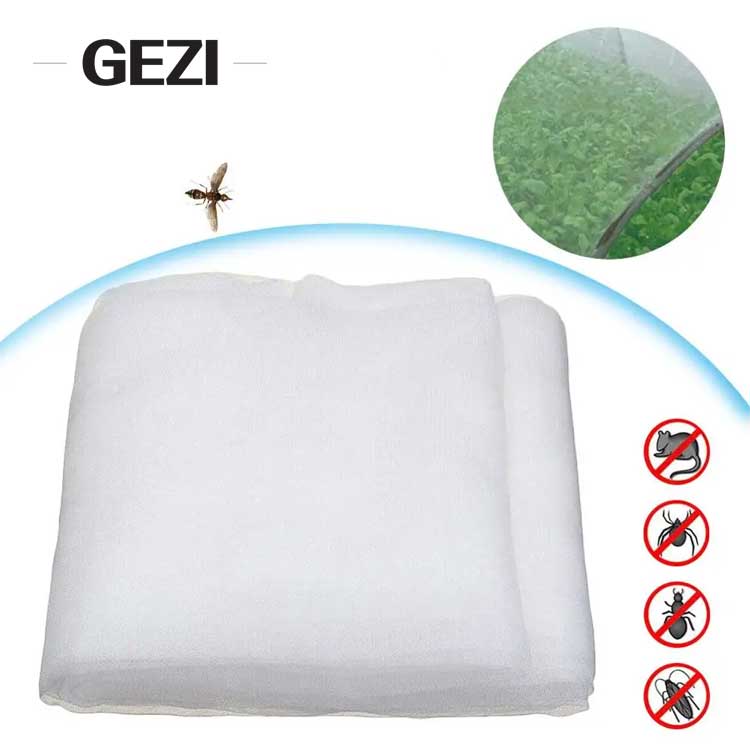U.S. requirements for insect screens are generally established and enforced by the U.S. Department of Agriculture (USDA) and other relevant regulatory agencies. These requirements may vary from state to state, but generally speaking, insect screens need to meet some of the following standards and regulations:
Material quality and durability: Insect nets must be made of high-quality materials that can withstand common climatic conditions and use in agricultural environments, such as sunlight, rain, wind, etc. Durability is essential to prevent pests and pathogens from entering.
Ventilation: The insect-proof net must have good ventilation to ensure that the crops can get enough air and light while preventing pests from invading.
Effective pest protection: Insect-proof netting must be able to effectively block various common pests, including insects, flying insects, mites, etc., to protect crops from pests.
Comply with environmental standards: The manufacture and use of insect-proof nets must comply with environmental standards and must not cause adverse effects on the environment or harm crops or human health.
Comply with food safety standards: If the insect net is used to cover food crops, such as vegetables or fruits, then it must comply with food safety standards to ensure the safety and hygiene of the crops.
Proper installation and use: Insect screens must be properly installed and used according to the manufacturer's instructions to ensure their effectiveness and durability.
Compliance Marks and Certifications: Manufacturers of insect screens are often required to provide compliance marks and certifications to demonstrate that their products comply with relevant standards and regulations.
In general, the U.S. requirements for insect-proof nets are designed to protect the growth and quality of crops while ensuring the environmental protection and food safety of agricultural production.




